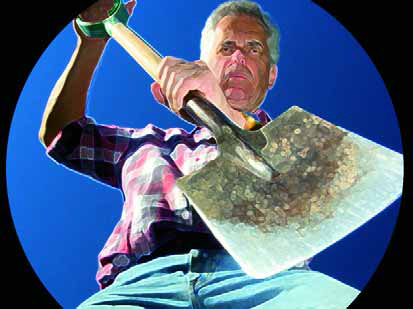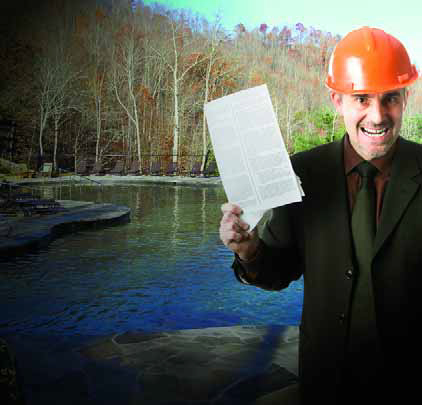ARTICLES
Advance Search
Aquatic Health
Aquatic Health, Fitness & Safety
Around the Internet
Aquatic Culture
Aquatic Technology
Artful Endeavors
Celebrity Corner
Life Aquatic
Must-See Watershapes
People with Cameras
Watershapes in the Headlines
Art/Architectural History
Book & Media Reviews
Commentaries, Interviews & Profiles
Concrete Science
Environment
Fountains
Geotechnical
Join the Dialogue
Landscape, Plants, Hardscape & Decks
Lighter Side
Ripples
Test Your Knowledge
The Aquatic Quiz
Other Waterfeatures (from birdbaths to lakes)
Outdoor Living, Fire Features, Amenities & Lighting
Plants
Ponds, Streams & Waterfalls
Pools & Spas
Professional Watershaping
Structures (Editor's Notes)
Travelogues & History
Water Chemistry
WaterShapes TV
WaterShapes World Blog
Web Links
Around the Internet
Aquatic Culture
Aquatic Technology
Artful Endeavors
Celebrity Corner
Life Aquatic
Must-See Watershapes
People with Cameras
Watershapes in the Headlines
In last month's introduction to what it takes to prepare for, organize and complete the excavation stage of the watershape-construction process, basic common sense was the governing factor in how the process should proceed. What I was discussing last time, however, was simple, flat-site excavations - cases in which access is commonly not an issue, soils are often consistent across a site and the potential surprises are relatively few. This time, my focus is an altogether different breed of excavations - that is, the task of preparing a sloping, hillside site for installation of a watershape. This process offers
In last month's introduction to what it takes to prepare for, organize and complete the excavation stage of the watershape-construction process, basic common sense was the governing factor in how the process should proceed. What I was discussing last time, however, was simple, flat-site excavations - cases in which access is commonly not an issue, soils are often consistent across a site and the potential surprises are relatively few. This time, my focus is an altogether different breed of excavations - that is, the task of preparing a sloping, hillside site for installation of a watershape. This process offers
If you've ever designed or installed commercial swimming pools in the United States, it's likely you're well acquainted with just how strange certain health department standards (and the officials who enforce them) can be. I've discussed this topic before, of course, but it's come back to mind in powerful ways in light of a couple recent experiences I've had - incidents that illustrate the issue to near-comedic perfection. Before I climb into these oddball scenarios, let me observe first of all that, in most cases, commercial codes are based on methods rather than results - and never the twain shall meet. Second, it's my observation that the restrictions we face in our country are, as a rule, far more
Thomas Alva Edison once said, "Genius is one percent inspiration and ninety-nine percent perspiration." That may be his most famous utterance - and for good reason: A good idea is important in just about any creative endeavor, but without dogged pursuit of appropriate
Thomas Alva Edison once said, "Genius is one percent inspiration and ninety-nine percent perspiration." That may be his most famous utterance - and for good reason: A good idea is important in just about any creative endeavor, but without dogged pursuit of appropriate
When it comes to the myriad specialties of the world of watershaping, it's tough to think of any as broad as the one occupied by floating fountains: It's a category of systems that encompass flotation, illumination, spray systems, submersible pumps, connecting devices and land-based controls. On the one hand are the huge systems installed near the shores of lakes and rivers. These fountains can be monumental in size and visually dramatic - the sorts of popular landmarks that become tourist attractions and, often, community icons. On the other, there are the countless smaller floating fountains and aerators located in golf-course ponds and water hazards, in municipal-park and stormwater ponds, on private estates and institutional campuses and in the bays of larger bodies of water, either as single features or as groups. For 45 years now, our firm has been fortunate enough to have designed (and at times installed) floating fountain systems across this full spectrum, from the large and spectacular to the small and surprisingly subtle. Some have been purely decorative, while others have been totally
When it comes to the myriad specialties of the world of watershaping, it's tough to think of any as broad as the one occupied by floating fountains: It's a category of systems that encompass flotation, illumination, spray systems, submersible pumps, connecting devices and land-based controls. On the one hand are the huge systems installed near the shores of lakes and rivers. These fountains can be monumental in size and visually dramatic - the sorts of popular landmarks that become tourist attractions and, often, community icons. On the other, there are the countless smaller floating fountains and aerators located in golf-course ponds and water hazards, in municipal-park and stormwater ponds, on private estates and institutional campuses and in the bays of larger bodies of water, either as single features or as groups. For 45 years now, our firm has been fortunate enough to have designed (and at times installed) floating fountain systems across this full spectrum, from the large and spectacular to the small and surprisingly subtle. Some have been purely decorative, while others have been totally


















Life’s Absurdities